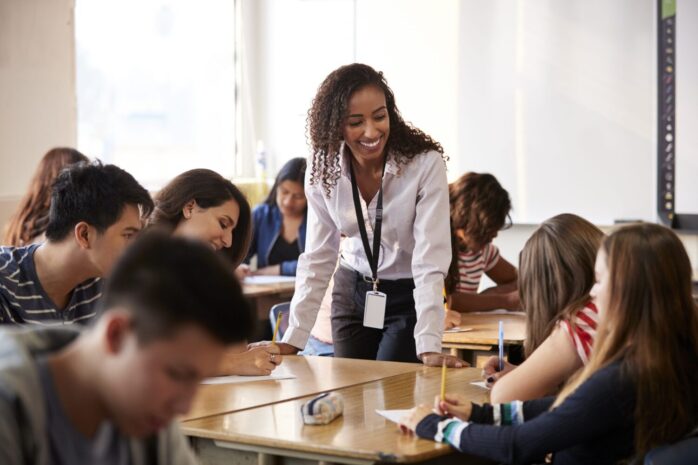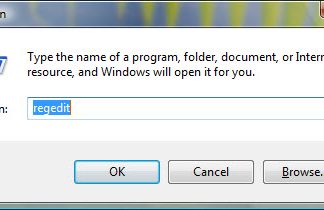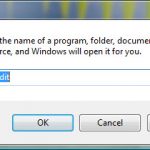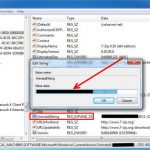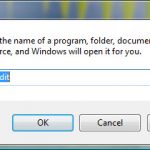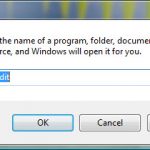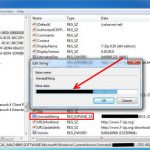Outstanding teachers can keep their students’ attention and interest every day, making the classroom a place where students are excited and motivated to learn. It takes skill and knowledge to make a good lesson plan that can help each student learn as much as possible. Though each class is distinct, they all share certain aspects that make them truly extraordinary.
Characteristics of a Great Lesson
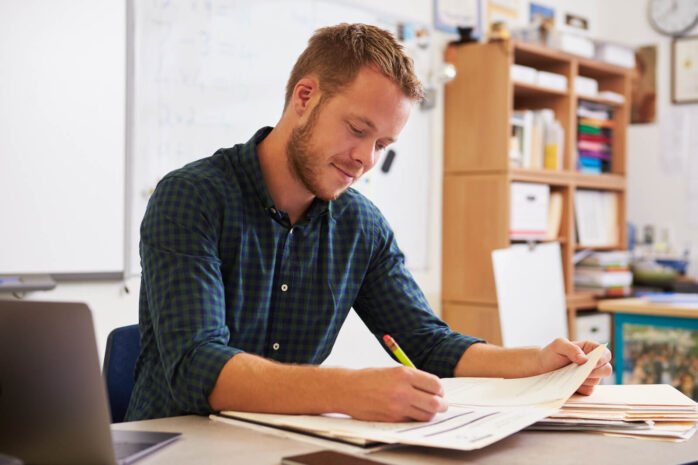
So, what qualities should a great lesson have?
- A clear purpose: Every class should have a clearly defined goal that is tied to the overall objectives of the course. This will help ensure students understand why they are working on a particular task or concept and how it fits into their broader educational plan.
- Engaging activities: Learning does not take place if students are not actively engaged. As such, each lesson should contain activities that challenge and stimulate students’ minds. For example, you can create a poster or develop a quiz to make the lesson more interactive. Activities should be different and well-planned so that everyone is involved the whole time.
- Room for experimentation: Great lessons do not just teach facts; they also allow students to explore concepts in an engaging way. This can involve open-ended questions, experiments, or problem-solving activities that allow students to think critically and discover answers for themselves.
- Student-centered: All lessons should be student-centered and tailored to the individual needs of each student. This can involve differentiating tasks, scaffolding questions, and providing interesting and relevant materials to ensure everyone is engaged.
- Clear communication: Good communication is the key to making sure that everyone in the classroom knows what is expected of them and how to approach a certain task or idea.
How to Prepare for a Lesson?
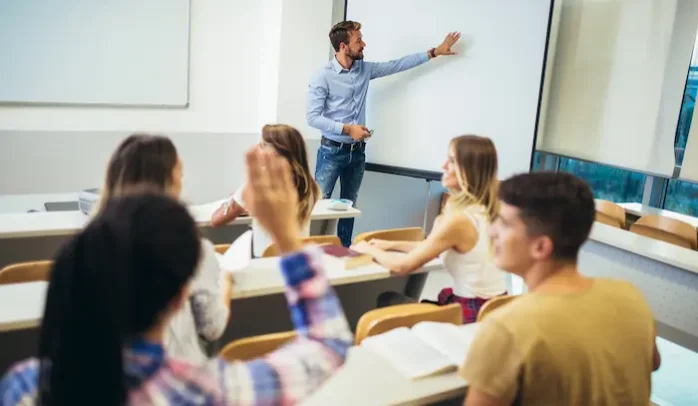
Here are some tips for making a great lesson that will help students learn as much as possible:
- Start with clear objectives. Before you even begin planning your lesson, take some time to think about what it is you want your students to learn and how you will assess their understanding.
- Break down the lesson into smaller chunks. Plan out each step of your lesson and make sure that every activity builds upon the last one in a logical and connected way.
- Make sure to include activities that involve different types of learners (auditory, visual, and kinesthetic). Not every student learns in the same way, so it is important to include activities that will engage all types of learners.
- Find ways to make the material interactive and engaging. This could involve using videos, pictures, or games to help explain a concept or demonstrate an idea.
- Leave time for questions. Make sure you are available to answer any questions that come up throughout the lesson.
- Establish clear guidelines for student behavior and participation. Make sure everyone knows what is expected of them in terms of behavior, collaboration, and participation.
- Create a plan to assess students’ understanding at the end of the lesson. This could involve a quiz, an open-ended discussion, or a group project.
Following these steps will help ensure that students get the most out of each lesson and are able to apply their knowledge in meaningful ways. With practice and dedication, you can create outstanding lessons that truly captivate your students!
So, Where to Start?
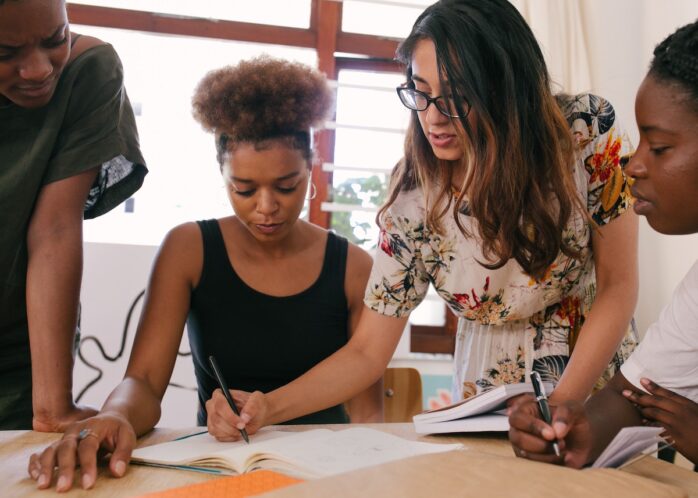
The best place to start with lesson planning is to know your students. Take the time to learn more about their abilities, interests, and goals. This will help you create tailored lessons for them and ensure everyone gets the most out of each lesson. Also, make sure to stay organized and plan ahead so that you always have enough time to get things ready.
Finally, don’t be afraid to take risks and try something new. Learning is a process of trial and error, and each lesson can be an opportunity to discover something new. So go for it! With practice, you’ll soon become an outstanding teacher.
Conclusion
Creating a great lesson takes practice, knowledge, and skill. You can give your students an unforgettable learning experience by giving them a clear goal, interesting activities, room for experimentation, student-centered approaches, and clear communication. By planning each lesson and creating a plan to assess student understanding, you can ensure that everyone in the classroom is getting the most out of every lesson. With hard work and dedication, you can make truly amazing lessons that will keep your students’ attention and inspire them.

